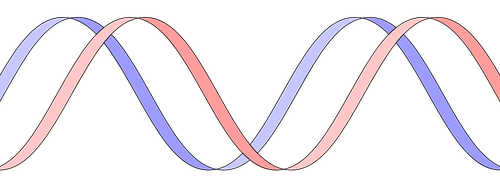The high-profile disputes surrounding an important CRISPR patent belonging to The Broad Institute, MIT and Harvard (hereinafter “the proprietors”) has attracted a lot of attention in recent years, particularly regarding the validity of priority rights that were challenged worldwide. In Europe, the patent was famously revoked by the European Patent Office (hereinafter “EPO”) due to an invalid priority claim1, though recent decisions by EPO suggest a dramatic shift in EPO’s approach that may lead to a different outcome2. Today, we will discuss the decision of the Chinese National Intellectual Property Administration (hereinafter “CNIPA”) in determining whether the proprietors’ priority claims in their CRISPR patent in China were valid, given discrepancies…
- Biotech, China, China Patent Office, CNIPA, Inventions, national phase entry application, Patent, Patent Re-examination and Invalidation Department, PCT, PRD, Priority
- 48 Typical Cases, Biotech, China, China Patent Office, CNIPA, Court Cases, Inventions, Judgement Digests, Patent Law, Pharma
Inventive Step for an Enantiomer over a Racemate: “L-ornidazole” Patent Invalidation Case
Each year, China’s Supreme People’s Court (SPC) issues its annual “Judgment Digests”, which includes a list of “48 typical cases” highlighting representative SPC decisions in the previous year. The Judgment Digests help us understand more about the SPC’s judicial ideology, trial concepts, and adjudication methods in dealing with difficult and sophisticated legal issues as well as new types of IP cases in high tech fields. Despite the fact that SPC judgments are not precedentially binding on lower courts, they are still very persuasive and provide insights into the types of decisions that are considered “model decisions” by the SPC. This case was one of the 48 “typical” cases and deals…
-
Compositions Limited by Use: A Cautionary Tale
Section 4.2.3, Part II Chapter 10 of the CNIPA’s Examination Guidelines (“Guidelines”) stipulates that if the specification only discloses one property or use of a composition, the composition claim shall be drafted as a “composition limited by the function or the use”. Furthermore, it specifically states that “most pharmaceutical claims shall be drafted as claims limited by use” (emphasis added). Note: this rule only applies to compositions claims, not composition of matter claims directed towards a single active ingredient. Compositions are defined as any combination/mixture of two or more components, such as pharmaceutical formulations (active ingredient + excipients) or mixtures of various ingredients. How does the Examiner determine whether there…





